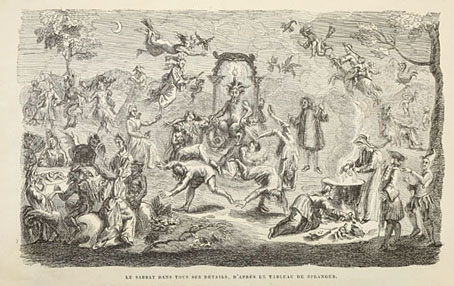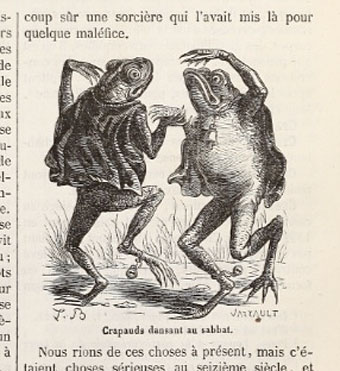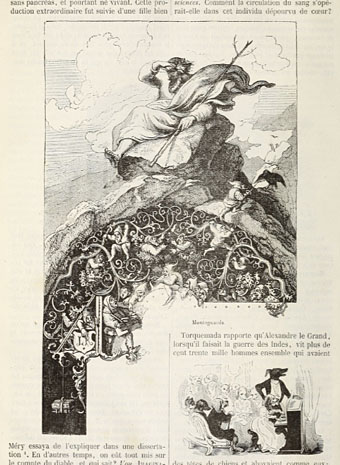The American National Air Traffic Controllers Association has an annual event to recognise the best “flight assist” of air traffic controllers in each of the nine regions which cover the United States. In this two-part special, I’ve collected the 2016 honorees for the Archie League Awards, highlighting the air traffic controller(s) selected per region, along with a description of the event along with a recording of the ATC conversations. Each of these controllers offered sterling services to pilots in trouble and just listening to their soothing voices made me smile.
Alaskan Region
Two air traffic controllers at Anchorage Centre, Ronald Sparks and Mike Thomas, were assisting a corporate jet (Dassault Falcon 10) on its way to Nome, Alaska. The controllers attempted to help the jet land at Nome despite low cloud and limited visibility. After two failures, the pilot requested information for nearby airports with better weather. The two controllers worked together to find an alternate around 100 miles east, Unalakleet, and directed the pilot there. However, the pilot became nervous as he wasn’t familiar with the area and decided he would rather turn back and try to land at Nome again. The controllers knew that the weather conditions had not improved. The aircraft was running low on fuel and they didn’t think it would make it to Nome, let alone to another airfield if the pilot failed a third time to land.
N256V: We’re on minimum fuel right now. We’re um, yeah I think we want to try again in Nome.
Sparks: Ok I understand you want to do Nome? And it’s uh, the weather is a lot worse now. It’s a quarter mile snow, freezing fog sir. Runway 2-8 RVR eighteen-hundred variable to four-thousand.
N256V: Roger, we will try the Papa Alpha Uniform November (Unalakleet) airport and uh we are climbing to seven-thousand.
Crisis averted…except that the pilot realised he didn’t have a chart for Unalakleet and wasn’t going to be able to land there.
Sparks: N256V, how much fuel in time do you have?
N256V: We have maybe 15 minutes.
Sparks: N256V Roger. And how many souls on board?
N256V: Three.
I hate to say it but really, I can never hear the question How many souls on board? without translating it to How many bodies should we be looking for in the wreckage?
The aircraft had a GPS system, which meant that the pilot had the full database for the airport, just not in the format that he was used to. They talked him through the approach and locator information. By now they’d been assisting the pilot for almost an hour and a half.
The pilot successfully landed the Falcon 10 at Unalakleet. He had six minutes of fuel remaining.
Central Region
Air Traffic Controller Brett Rolofson was training Liam Keeney. A Mooney, a single-engine general aviation aircraft, appeared on their radar. They offered it a VFR flight following service, where the radar controller remains in contact and offers traffic information regarding other aircraft in the area. The Mooney was on its way to Lee’s Summit, Missouri when the pilot reported that his oil pressure was getting low and he needed to land at a closer airport. The pilot decided on Perryton Ochiltree County Airport in Texas and asked Keeney, the trainee controller, for weather conditions. Keeney realised that the weather at Perryton was not clear enough for visual traffic and that the pilot would not be able to land there. He suggested that the pilot fly to Liberal Airport instead, where the weather was better.
Rolofson took over the contact. Keeney immediately began moving traffic from Rolofson’s frequency to his own, in order to allow Rolofson to focus on the emergency.
The pilot reported that he would not be able to make it to Liberal Airport and asked if there was anywhere closer.
Rolofson: N345TM you think you’ll be able to make it 3-0 miles to the Liberal Airport? It’ll be about a 310 heading at this time.
N345TM: Is it thirty-five miles away?
Rolofson: Yeah, thirty-five miles away. N345TM if you need it there is an airport just north of you. It’ll be about a 360 heading. It is called, N345TM, Beaver Airport is Kilo Four Four. It’s currently about a 355 heading eleven miles to your north.
N345TM: Yeah I’m going to try that one because my oil pressure is way down right now.
Rolofson contacted Beaver Airport to tell them about the incoming emergency. The aircraft descended and Rolofson lost radar and radio contact with the pilot. He contacted an American Eagle flight in the area to attempt to reach the pilot. The American Eagle flight crew were able to contact the pilot by radio and relay the landing clearances and airfield information from Rolofson.
Rolofson: Envoy 3315, Kansas City Center, can you broadcast for N345TM on this frequency? He might be in an emergency situation. We’re trying to get ahold of him and make sure he has an airport in sight.
Envoy 3315: N345TM?
Rolofson: Yep, see if he can hear you.
Envoy 3315: This is Envoy 3315 looking for N345TM can you hear me?
The pilot landed safely at Beaver Airport and reported to the American Eagle flight that he was OK, who relayed the message back to Kansas City Centre.
Eastern Region
Another Mooney, this one an M20F executive flying under Instrument Flight Rules, was in the New York area when it descended below the minimum safe altitude. There were two radio towers in the area: one 643 feet high and one 821 feet high. The Mooney dropped to 700 feet, then climbed to 1,800 feet and then descended again to 800 feet.
The pilot reported that he was unable to to hold his altitude or fly the assigned headings because of the turbulence, wind and rain.
New York TRACON took over and gave the pilot vectors but he was confused by the instructions. Air Traffic Controller (and licensed pilot) Jeffrey Schuler began handling the flight. He kept the pilot calm while he checked the weather and the options, deciding that the best chance for the pilot was to fly to Stewart Airport and land there. He cleared the pilot to Stewart but the aircraft then flew in the opposite directions, apparently unable to follow instructions, circling the area and losing altitude.
Schuler: Are you still in the clouds?
N9525M: Yeah, I’m still here. I think one of my problems is the main GPS I’m following is totally wrong.
Schuler: OK, tell you what N9525M. Just level your wings, level the aircraft, and we’ll start from there OK?
All traffic on the frequency was moved to another frequency so that Schuler could concentrate on the emergency. The pilot confirmed that fuel levels were fine. However, every time the aircraft turned south into the strong headwinds, the radar reading showed that the aircraft was only going 40 knots.
Then, the pilot reported that he’d lost an engine. Schuler told him to fly directly to Sikorsky Memorial Airport, which the aircraft circled at 5,000 feet, for a straight in GPS approach aligning to Runway 29. However, the controller was nervous about the pilot’s GPS equipment: an iPad with low battery. He gave vectors to the pilot for a VOR approach to runway 29. Still, the pilot was unable to follow the instructions, turning his aircraft in the wrong direction and unexpectedly descending. The pilot was distracted looking at the GPS on the iPad.
N9525M: Yeah, I’ve got about another 10 percent on this iPad then I have no GPS left in this plane.
Schuler: Forget the GPS. Level your wings. Fly the aircraft. Do that first.
The pilot returned his focus to the plane and descended to Sikorsky Memoria Airport. The aircraft broke out of the clouds at 600 feet above ground level, just as ATC was losing radar contact with him. Now that he could see the runway, the pilot make a circling approach and landed safely.
New England Region
It seems like there’s a lot of Mooneys out there! This one was a single-engine M20K whose retractable landing gear had failed. Joseph White was the controller at TF Green Airport serving Providence, Rhode Island. The situation was stressful. Low clouds meant that the pilot had to fly on instruments but he was struggling to keep calm. The airport’s surveillance radar antenna was out of service, which meant that White couldn’t see any aircraft below 2,000 feet. White coordinated with another scope to track the aircraft at low altitudes using long-range radar.
White: N73S we have a radar mode that will give us radar to about two-thousand feet so what we’re going to try to do is keep radar that way and get you down to two-thousand and try to get the field in sight for you.
White: N73S when able say fuel remaining and souls on board.
N5773S: Just one soul on board, 73S.
The pilot reported that the trims, GPS and autopilot were also not working. White attempted to vector the aircraft towards the airport for 40 minutes. He initiated no-gyro vectors for ILS Runway 5 but even with the vectors, the pilot was unable to intercept the localiser. He could not continue the instrument approach. White advised the pilot to descend to 1,200 feet, which was well below the minimum vectoring altitude for that area. The aircraft broke through the clouds and the pilot scanned for the airfield. Providence Airport set the runway lights to full intensity to help him. White asked him to climb away and said they would find another airfield with better weather. Just then, the pilot reported that he had the airfield in sight! They agreed that he would proceed with a visual approach to the runway.
Unfortunately, he didn’t have Providence in sight. He was looking at the military airfield KOOU at Quonset Point Air National Guard station.
White: N73S roger. Proceed visually for Providence Airport Runway 5.
N5773S: Visually to Runway 5, 73S.
White: N73S are you comfortable making the frequency change now?
N5773S: Maybe I’m heading to KOOU.
N5773S: 73S, I think I’m heading to the wrong airport. This is KOOU. Can I do a 180?
The pilot planned to turn around and try again at Providence. However, White was concerned about the number of equipment failures that the pilot was experiencing. He recommended that the pilot proceed to land at Quonset. The tower was closed but he explained how to turn on the remote control lighting. The pilot asked again about returning to Providence, his voice noticeably distressed. Although the pilot was visual with the ground, he was below the minimum vector altitude for Providence. White convinced him to continue with the landing at Quonset.
White: If you have Quonset in sight we want to just get you on the ground as soon as we can.
The pilot landed safely at Quonset where he contacted Providence air traffic control to let them know that he was on the ground.
Great Lakes Region
The Piper Comanche, a small single-engine plane, had started its journey that morning in Guatemala and had been flying all day towards its destination of Columbus, Ohio. However, the weather at Columbus International, located six miles east of downtown Columbus was bad, with a 200-foot cloud ceiling and only half a mile (800m) of visibility.
Air Traffic Controller David Kilgus at Columbus International Airport was vectoring the pilot to the instrument landing system runway 10R. However, the pilot started to have problems understanding the instructions. English was not the his first language and the long flight combined with difficult flying conditions made it difficult for him to keep up.
Suddenly, the aircraft turned right toward final approach without any instruction, flying directly towards oncoming inbound traffic. Kilgus immediately told the pilot to make another hard right turn to get the aircraft away from the incoming traffic. He then started vectoring the aircraft towards runway 10R again for a second attempt.
The pilot was struggling to maintain the correct altitude and heading for the ILS glideslope and track, so he was not correctly lined up for finals on runway 10R. Kilgus tried to help him, offering corrections. The pilot asked Kilgus to keep an eye on him. He was clearly struggling and Kilgus realised that the pilot wasn’t able to navigate the ILS approach, even with help from Kilgus. He recommended that the pilot continue on to Rickenbacker International, another airport just 10 miles south of downtown Columbus, where the weather was better.
The pilot agreed but continued to find it difficult to navigate and repeatedly set off low altitude warnings. Kilgus was still handling all of the traffic on final approach for Columbus International but didn’t want to make the pilot change frequency, as the pilot was already quite stressed and struggling.
Kilgus: N914DP low altitude alert. Maintain two-thousand five-hundred until established localizer. Looks like you’re going through it.
Kilgus: N4DP, Columbus.
N914DP: Yes sir, yes sir. I’m trying to get here on the localizer sir.
Kilgus: N4DP you’re low, two-thousand one-hundred. Verify you’re on the localizer and the glide slope.
The pilot failed his first approach into Rickenbacker airport. Then he reported that he had run out of fuel.
N914DP: Sir, I just run out of gas. I think I ran out of gas.
Kilgus: OK N4DP, roger. Present heading, Rickenbacker is 12 o’clock in four miles. Fly heading is 0-5-0. 0-5-0 heading.
N914DP: I think we are on priority fuel right now sir.
Kilgus confirmed the distance to Rickenbacker and then to his relief, the pilot reported that he had been able to transfer fuel from his other tank. Kilgus guided him to the Rickenbacker approach again, while still handling final approach traffic for Columbus International. This time the pilot successfully landed. He phoned Columbus International later to thank the air traffic controller.
Click here for the remaining four regions and their stories!



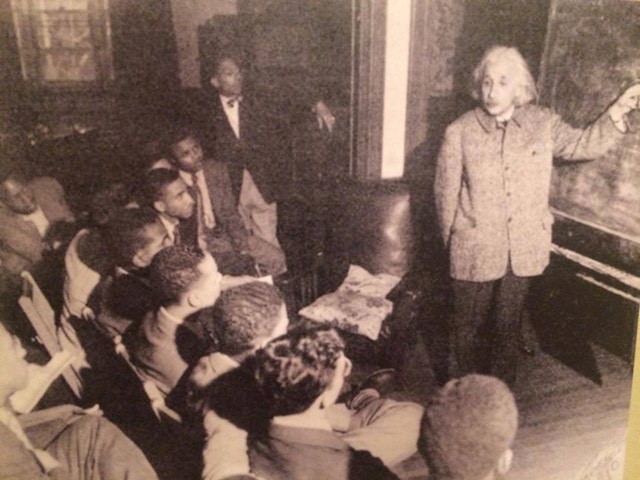

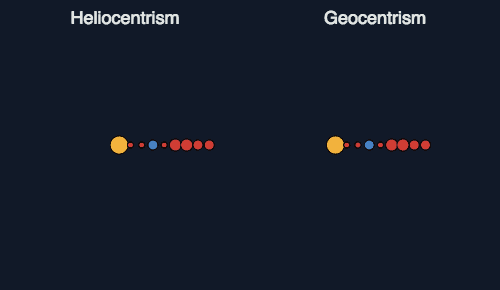




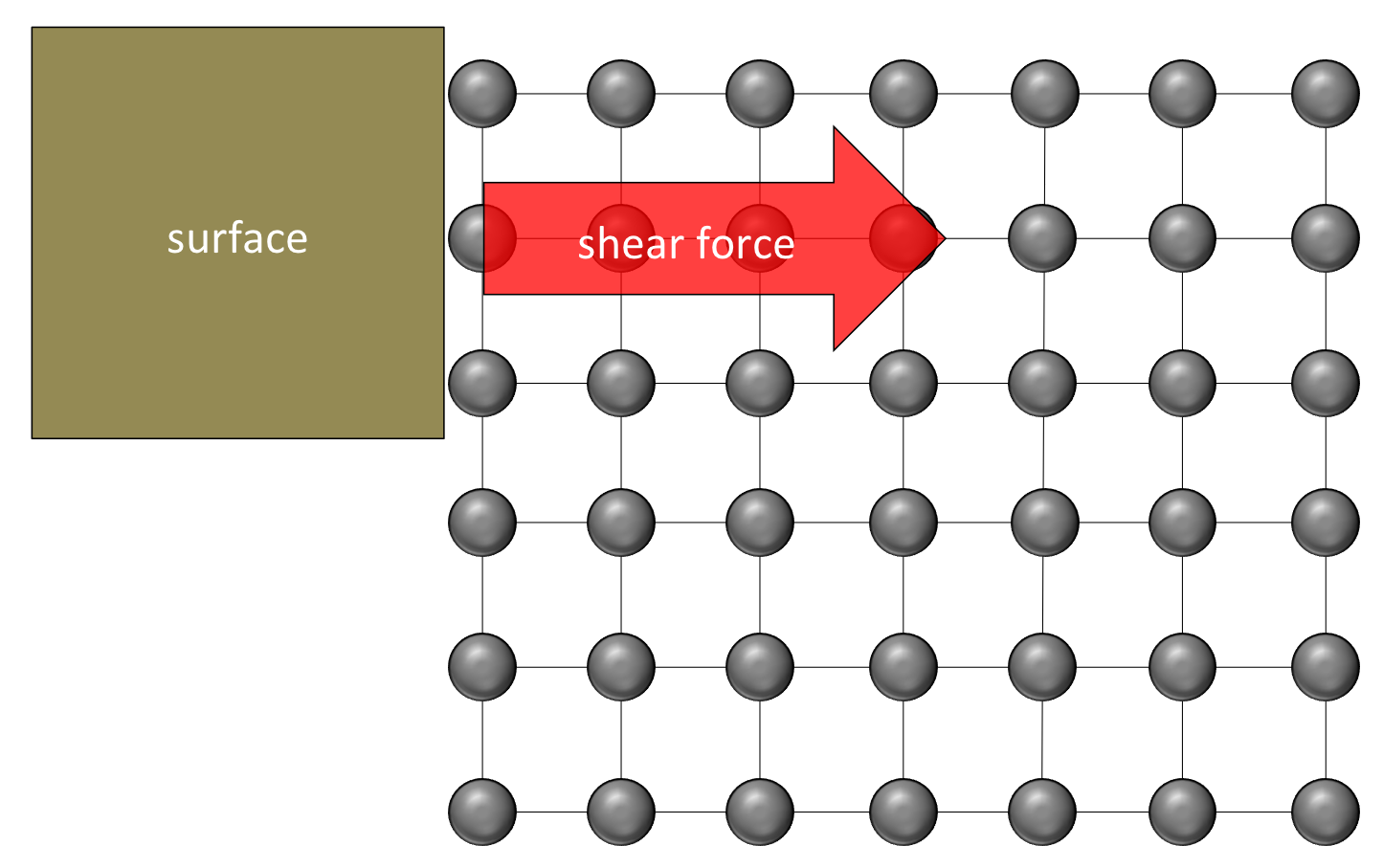







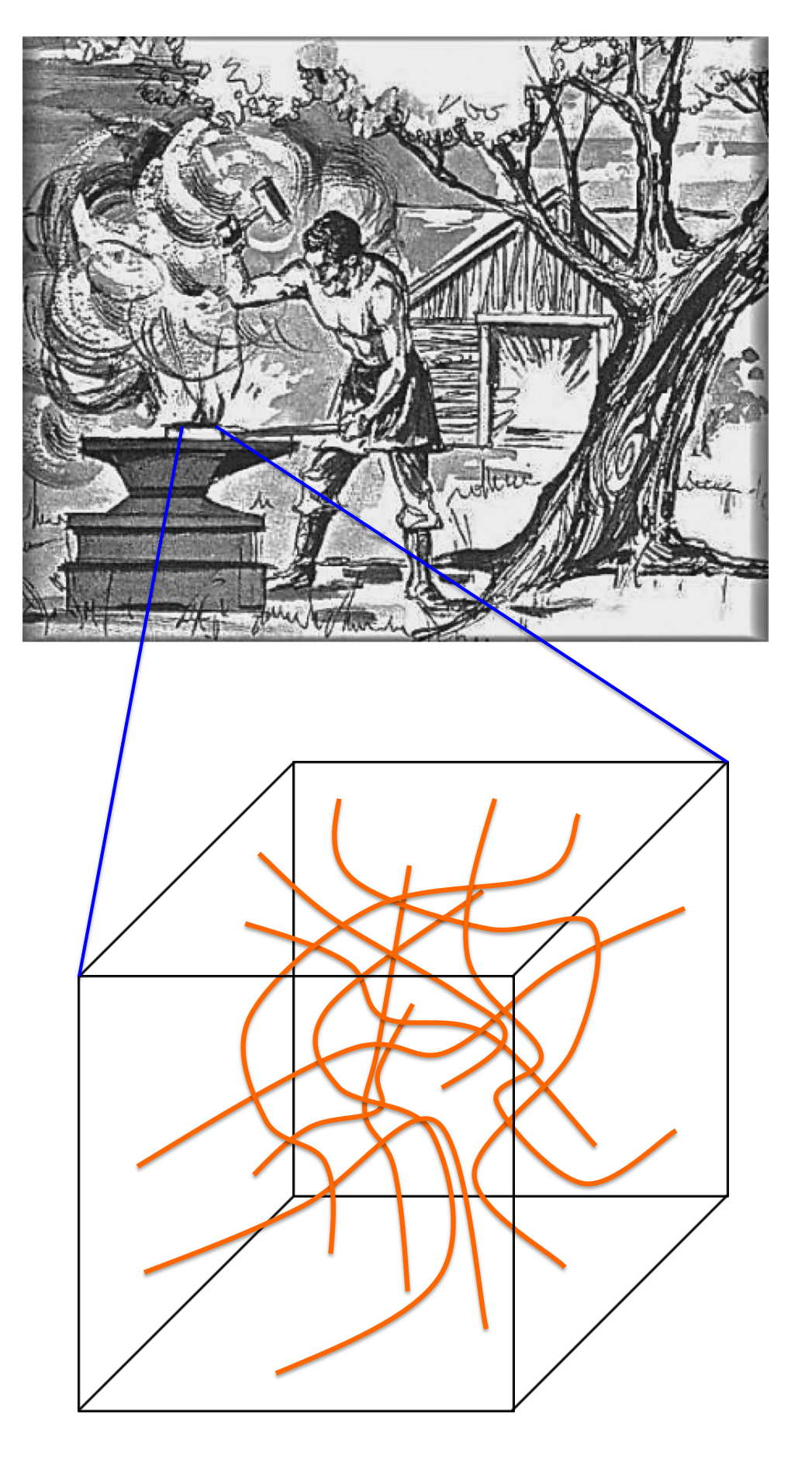
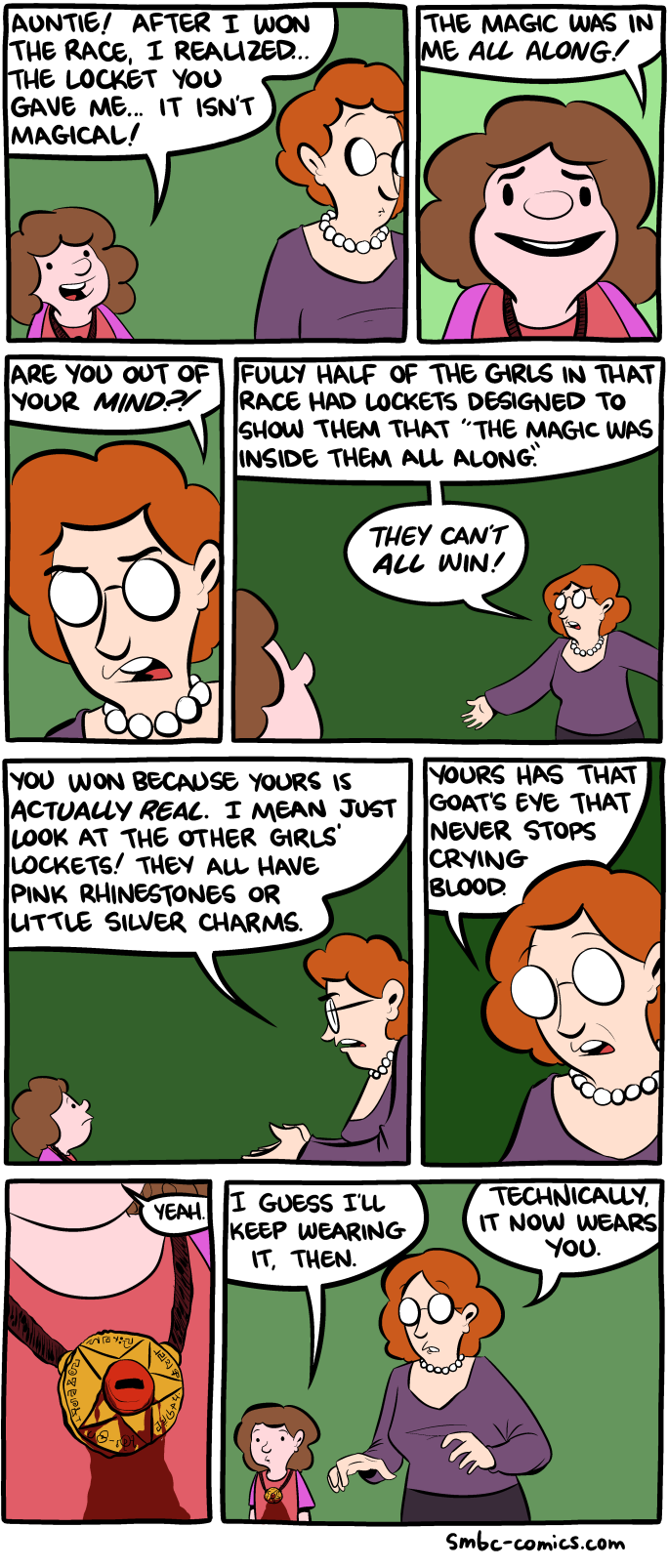
 [Image: "
[Image: " [Image: "
[Image: " [Image: "
[Image: " [Image: "
[Image: "





